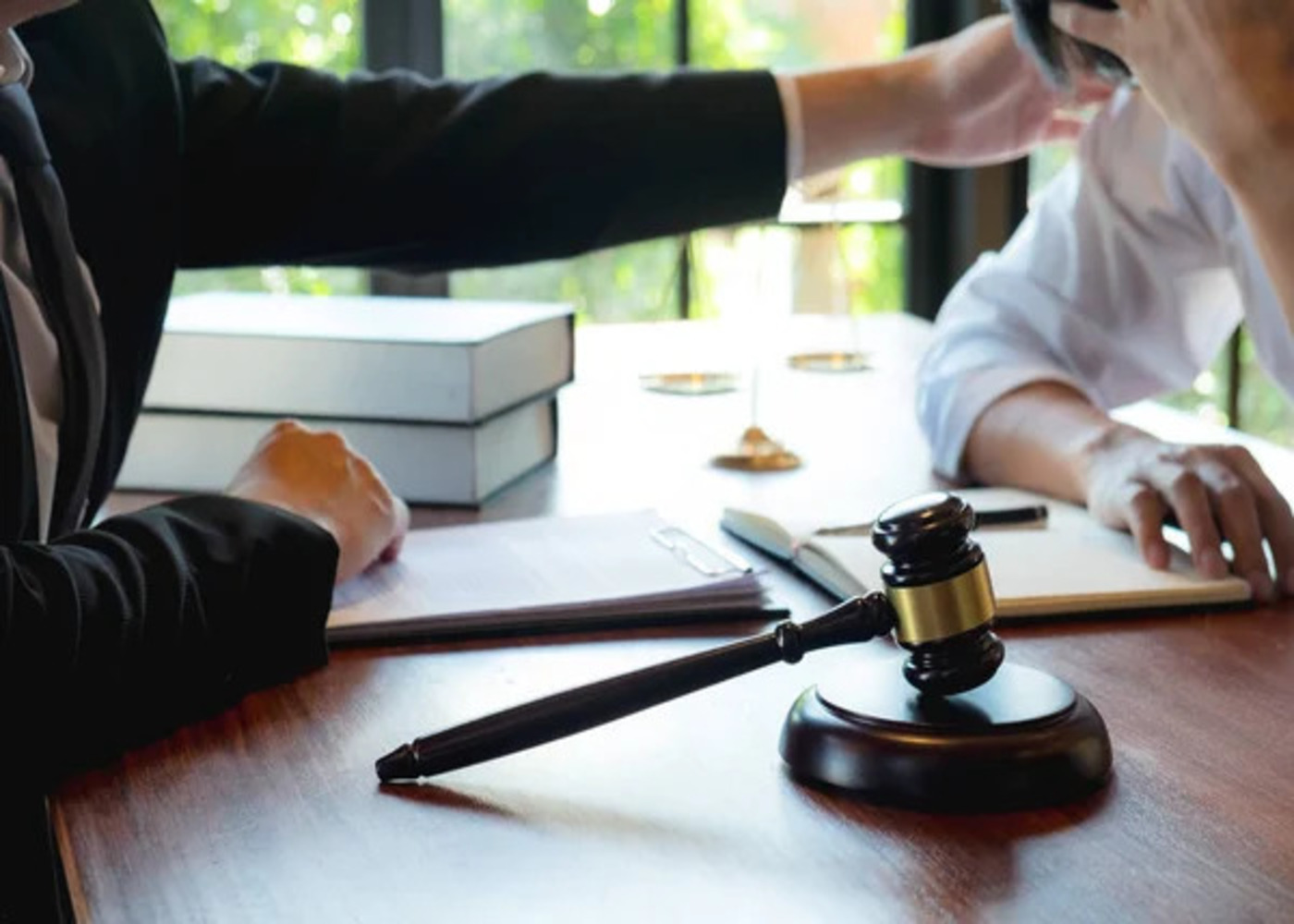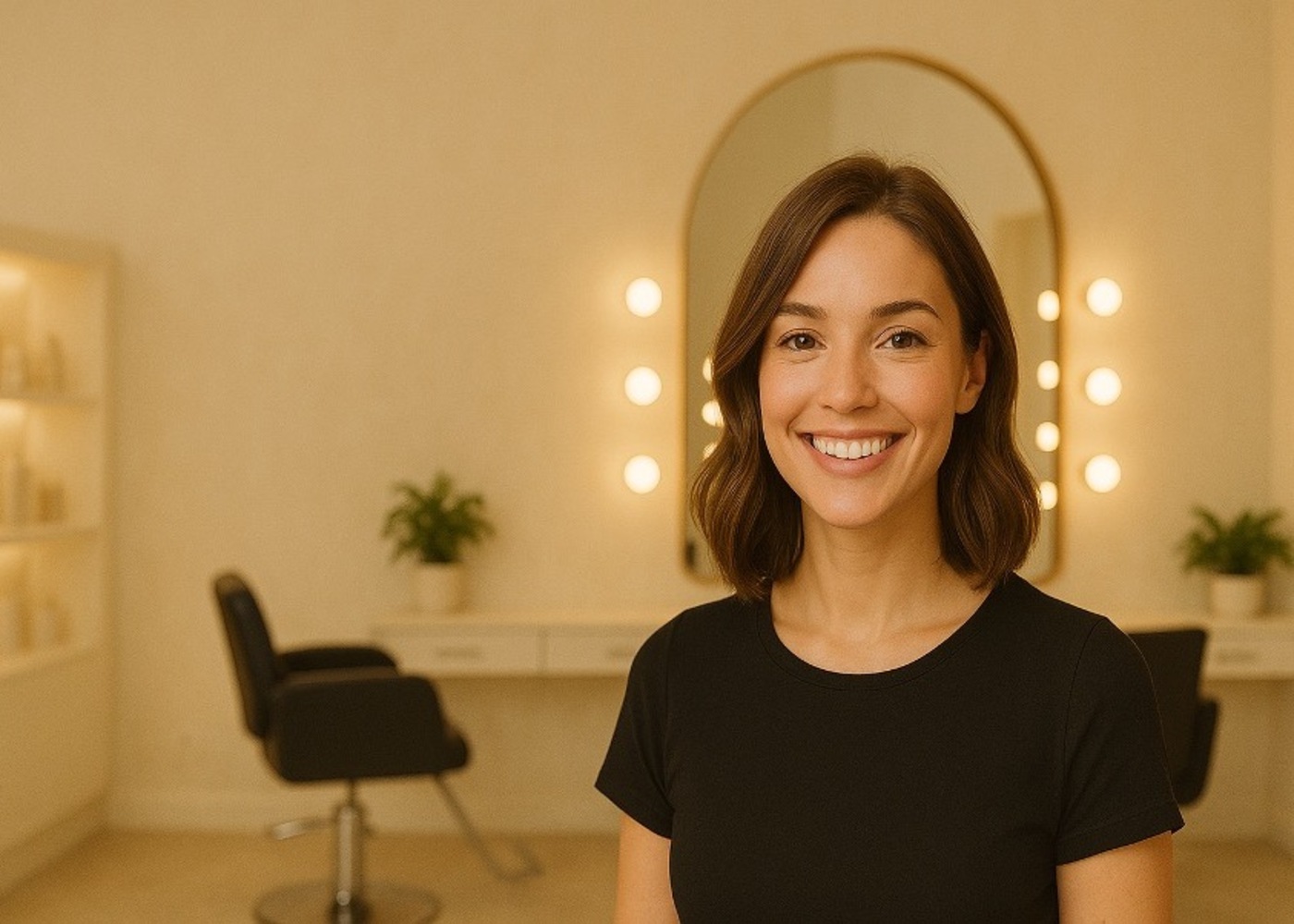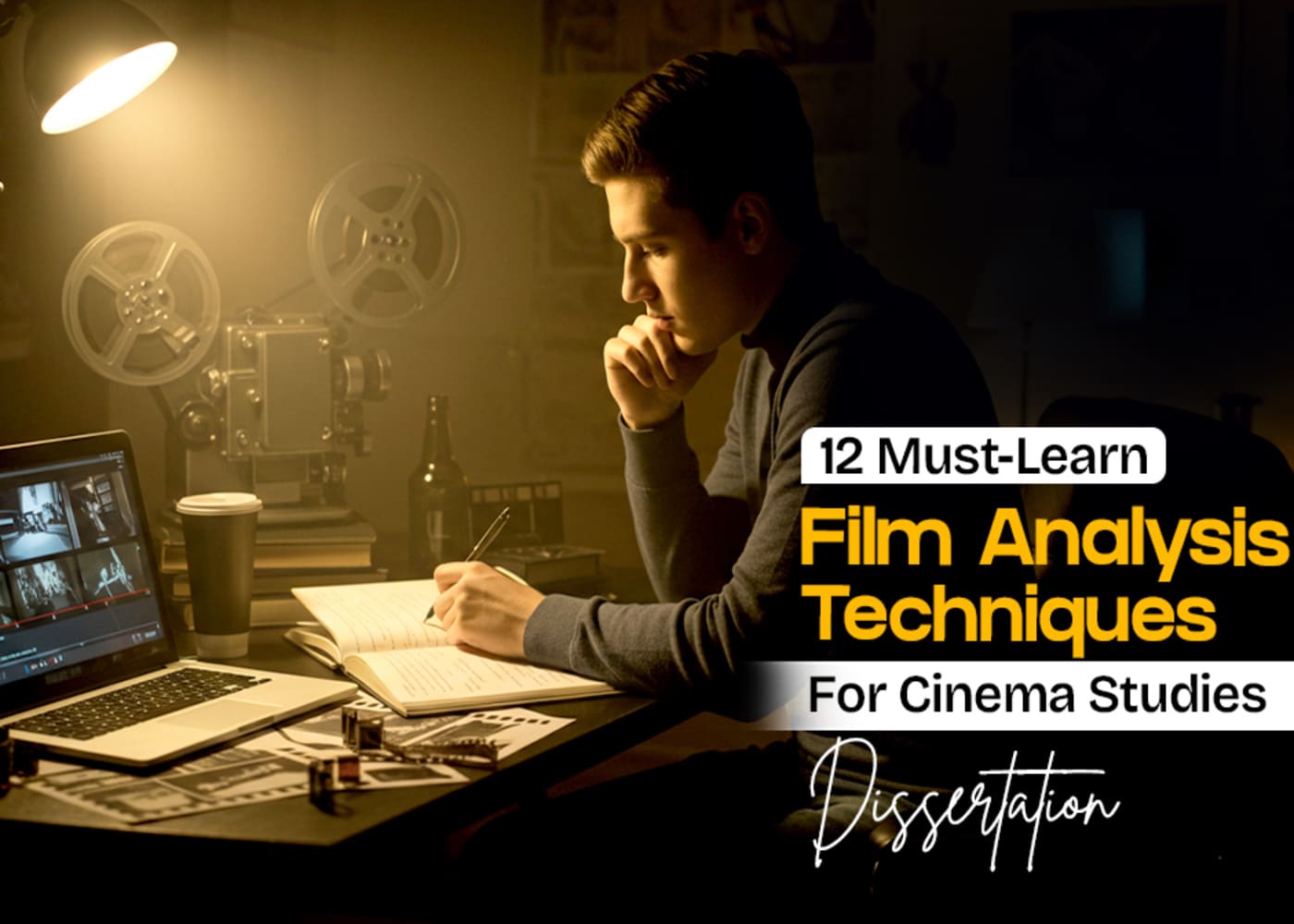A documentary film or documentary is a non-fictional motion picture intended to
"document reality, primarily for the purposes of instruction, education,
or maintaining a historical record". This is why early documentary films were originally
called "actuality films" which lasted one minute or less. Over
time, documentaries have evolved to become longer in length, and to include
more categories; some examples being: educational, observational,
and docufiction.
Documentaries such as those presented on Nat Geo
Wild, Air Crash Investigation, etc., are very informative and are
often used within schools, other learning institutions, and organizations, as a
resource to teach various principles. They are often fact-laden and documentary
filmmakers have a responsibility to be truthful to their vision of the world
without intentionally misrepresenting a topic.
Social-media platforms (such as YouTube) have provided an avenue for the growth of the documentary film genre. These platforms have increased the distribution area and ease-of-accessibility; thereby enhancing the ability to educate a larger volume of viewers, and broadening the reach of persons who receive that information.

1. Exposition
In a documentary, the exposition occurs at
the beginning and introduces the important themes of the film. It is important
because it creates the viewer's first impression and introduces the viewer to
the content.
Dramatic segments of the documentary are specially chosen in order to grab the viewer’s attention. These shots are specifically positioned, such that the montage positions us to believe a certain theme presented by the documentary and thus the documentary presents its view much more persuasively to the viewer.
2. Voice-over
Actuality is the term for raw film footage of real-life events,
places and people as opposed to fictional films which
use actors, scripted stories, and artificial sets.
Documentaries are not pure actuality films - rather they combine actuality with
explanation, commentary, and perhaps even dramatization. This is where the
voice-over technique becomes really critical to a good documentary.
The voice-over in a
documentary is a commentary by the filmmaker or added to the soundtrack during
the production. Through this the filmmaker can speak directly to the viewer,
offering information, explanations, and opinions.
3. Direct and Indirect Interviews
The interview is a common documentary
technique. It allows people being filmed to speak directly about events,
prompted by the questions asked by the filmmaker. An interview may take place
on screen, or off-screen, on a different set. Interviews in a documentary give
the viewer a sense of realism, that the documentary maker’s views are mutually
shared by another person or source, and thus more valid.
To achieve this much detail from what may be a
one-hour interview, clips of only a few minutes are shown. Interviews on
opposing sides of an issue may be shown to give the viewer comprehensive
information about a topic. Interviews are also a very important technique for
character introduction.
Lighting, color scheme, framing, and camera angle all impact the audience's perception of the person who is speaking. As with narratives, this can lend to a specific feel the director wishes to convey about the person speaking. The impact on the story is key, as the audience will form an opinion of the person based on the initial meeting.
4. Archival Footage
Archival or stock footage is a material obtained from a
film library or archive and inserted into a documentary to show
historical events or to add detail without the need for additional filming.
This can include still images as well as archival film. The concept of archival
footage can be extended to include the photography of historical material from
archives which are used to illustrate a documentary film and are also the main reason why archive footage is especially important to historical
documentary filmmaking.
Stock footage,
and similarly, archive footage, library pictures, and file footage is film or video footage that
can be used again in other films. Stock footage is beneficial to filmmakers as
it saves shooting new material. A single piece of stock footage is called a
"stock shot" or a "library shot".
Stock footage may have appeared in previous productions but may also be outtakes or footage shot for previous productions and not used. Examples of stock footage that might be utilized are moving images of cities and landmarks, wildlife in their natural environments, and historical footage. Suppliers of stock footage may be either rights-managed or royalty-free. Many websites offer direct downloads of clips in various formats.
5. Reenactment
Re-enactments are also often used in documentaries. They are artificial scenes of an event that have been reconstructed and acted out on film based on information about the event. Reconstructions generally provide factual information and give the viewer a sense of realism as if the events are really happening in front of them. They often indicate that the footage is not real by using techniques such as blurring, distortion, lighting effects, changes in camera level, and color enhancement within the footage.
6. Montage
A montage sequence conveys ideas visually
by putting them in a specific order in the film. Narrative montages involve the
planning of the sequence of shots used to indicate changes in time and place within
a film. Ideational montages link actions with words and are often used in
documentaries.
Different positioning of shots conveys different
ideas to the viewer. For example, a montage containing a negative theme
followed by a positive theme may give the viewer the idea that the positive
theme is the main theme of the montage.
Montages in documentaries are usually linked with
words that characters say. This visual representation of the characters'
thoughts help position the viewer in the story and helps the viewer better
understand what the character is saying. It visually presents a progression of
ideas on a screen.
For
more information on Movies, Cinema, Lifestyle, Content, and Corporate Video
Production; you can always trust Film District Dubai. We create inspiring
content that works for Consumer and Luxury brands, Property & Construction,
Travel & Hospitality, Food & Beverages, and Sports.







